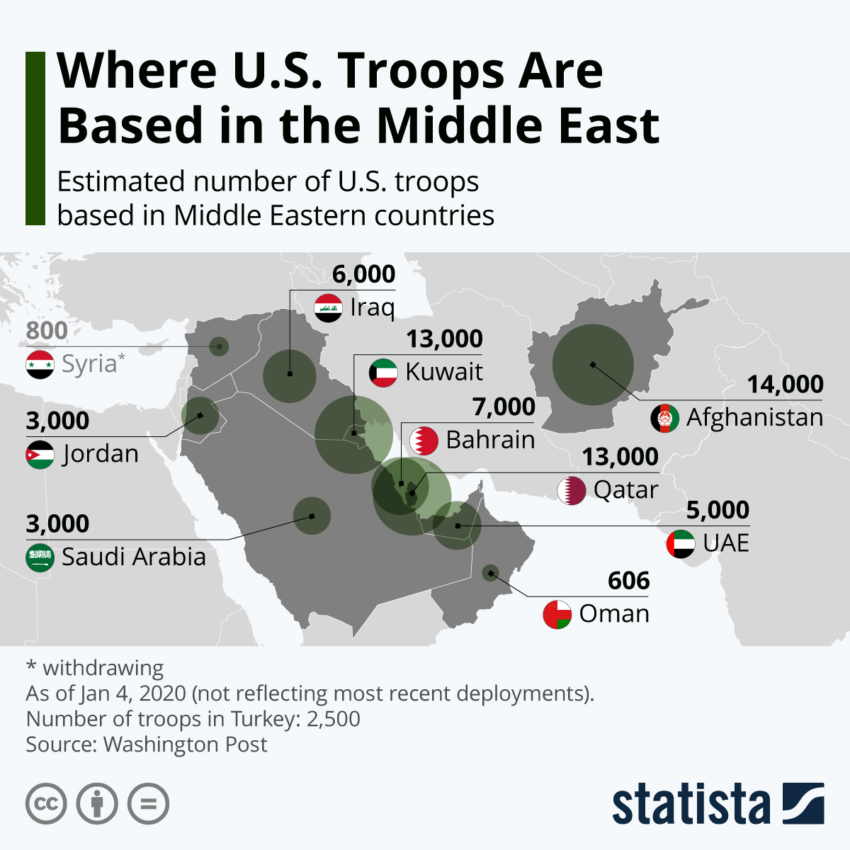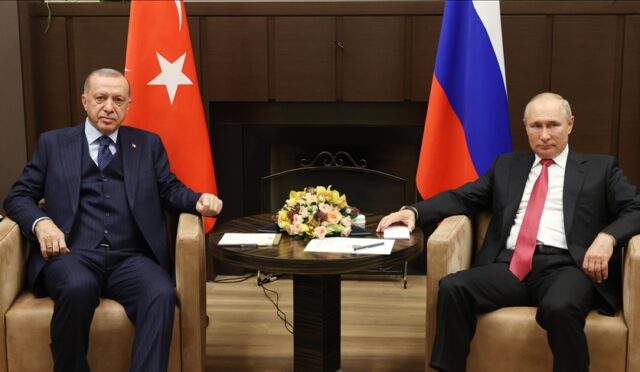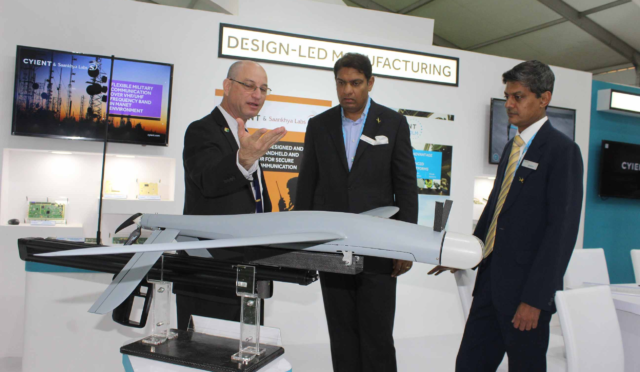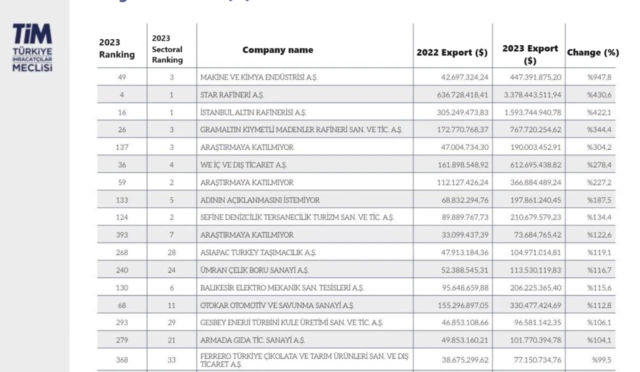US Military Presence in the Middle East: Troops and Strategy
**Amid rising tensions with Iran, the United States is significantly expanding its military footprint in the Middle East. This includes the deployment of thousands of troops, advanced bombers, air defense systems, and naval forces. This uptick in military activity follows President Donald Trump’s stern warning to Iran during a recent NBC News interview. In his remarks, Trump emphasized the urgency surrounding Iran’s nuclear ambitions, stating, “If they don’t make a deal, there will be bombing,” while also noting that diplomatic discussions are taking place behind the scenes.**
These statements have emerged alongside weeks of increasing pressure on Iran to engage in negotiations regarding its nuclear program. President Trump’s comments have coincided with a marked increase in U.S. military activities throughout the region. Reports reveal that over 40,000 U.S. troops are currently stationed in various locations. The USS Harry S. Truman, an aircraft carrier, is actively operating in the Red Sea, and indications suggest that the USS Carl Vinson is en route to bolster maritime strength.
In addition to naval deployments, satellite imagery has confirmed that six B-2 Spirit stealth bombers are positioned at Diego Garcia, a key U.S. military base in the Indian Ocean known for strike operations. Furthermore, strategic bombers, including B-52Hs, are continuously stationed at Al Udeid Air Base in Qatar. Recent movements included five C-5M Super Galaxy transport aircraft, which successfully delivered cargo presumed to include MIM-104 Patriot or THAAD missile defense systems.
Moreover, C-17 transport flights have been reported delivering additional Patriot systems to Isa Air Base in Bahrain. This surge in military hardware has substantially enhanced the air power in the region, which now consists of B-52s, B-2s, A-10s, F-15Es, F-35s, and MQ-9 Reaper drones. This diverse array of aircraft provides comprehensive strike, support, and intelligence, surveillance, and reconnaissance (ISR) capabilities.
Looking ahead, the next few days are poised to determine whether U.S.-Iran relations will be characterized by diplomacy or military action. The current expansion of U.S. military presence suggests a strategic commitment to counter any potential threats, while also signaling to Iran the consequences of intransigence in negotiations. As tensions simmer, both sides remain in a high-stakes game of geopolitical chess, with the balance of power delicate and complex.







